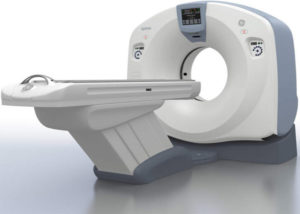– Erection duration is short, sometimes less than a few minutes
– Early morning erections are weak, or have disappeared
– Medications for erection (Viagra, Cialis, pills, injections, …) are not efficient
– Pressure at the basis of the penis with fingers or cock-ring enhances erections
– Position changes induce erection decrease
– Erections during masturbation are weak
– Ejaculation occurs on limp penis
– The problem persists since more than 6 months
– The problem is getting gradually worse
EVERY PATIENT HAS PERSONNEL HISTORY AND SYMPTOMS





